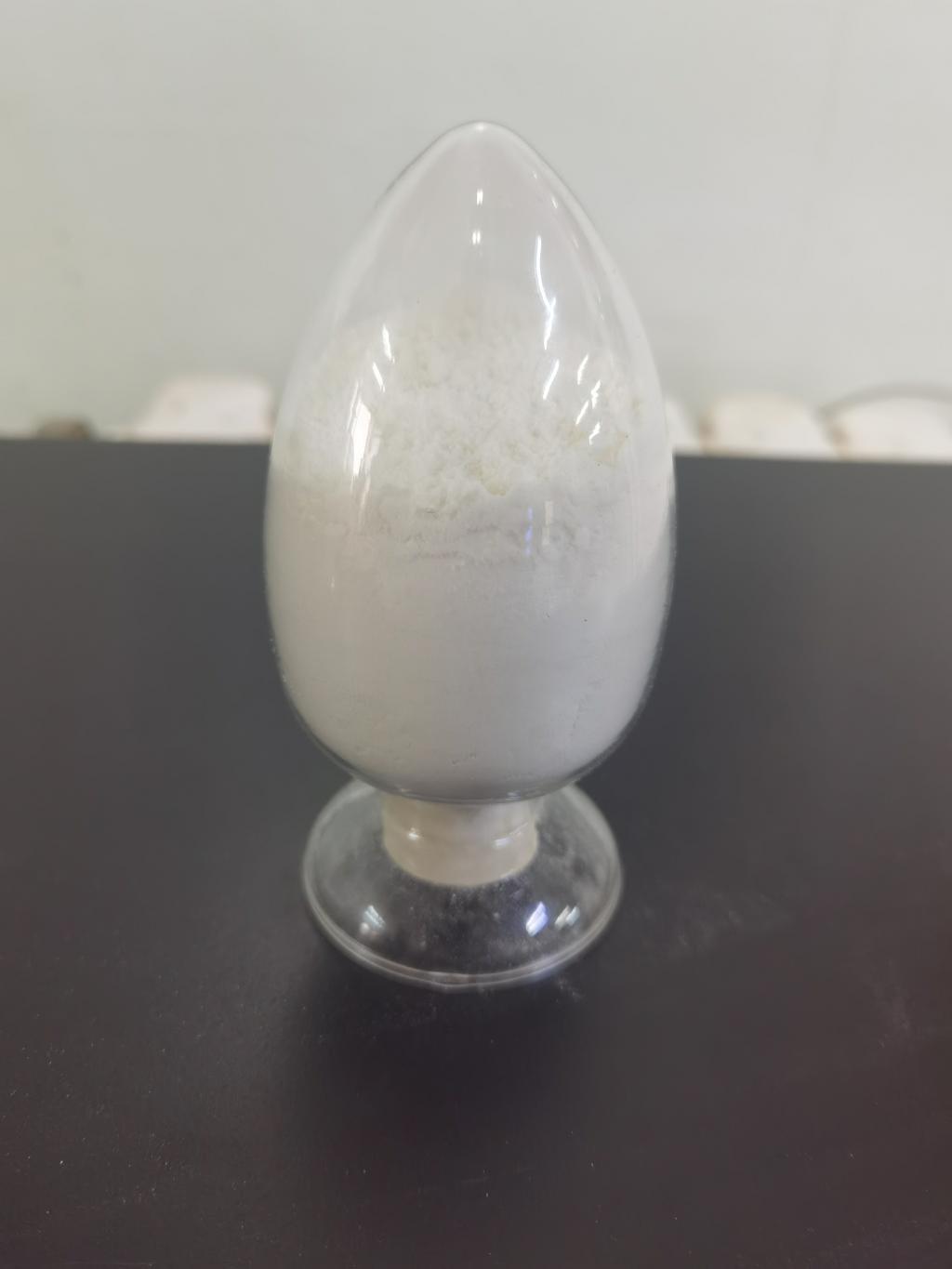Tel:+8618231198596

News
 CONTACT
CONTACT
 CONTACT
CONTACT
- Linkman:Linda Yao
- Tel: +8618231198596
- Email:linda.yao@dcpharma.cn
- Linkman:CHARLES.WANG
- Department:Overseas
- Tel: 0086 0311-85537378 0086 0311-85539701
News
ε-Polylysine hydrochloride offers an eco-friendly alternative to synthetic preservatives.
TIME:2023-11-20
1. The Need for Eco-Friendly Preservatives:
Synthetic preservatives have long been employed to extend the shelf life of food products, inhibiting the growth of spoilage microorganisms. However, the environmental drawbacks associated with many synthetic preservatives, such as their persistence in the environment and potential ecological impact, have raised concerns. As consumers increasingly prioritize sustainability, there is a growing demand for preservatives that not only ensure food safety but also align with eco-friendly principles.
2. ε-Polylysine Hydrochloride: A Natural and Sustainable Solution:
ε-Polylysine is a naturally occurring antimicrobial compound produced through the fermentation of certain bacteria, notably Streptomyces albulus. When used in its hydrochloride form, it serves as an effective preservative with minimal environmental impact. The production of ε-polylysine through microbial fermentation is a more sustainable process compared to the synthesis of some synthetic preservatives.
3. Mechanism of Action:
The eco-friendly nature of ε-polylysine hydrochloride is intricately linked to its mechanism of action. The compound's antimicrobial properties stem from its ability to interact with the cell membranes of bacteria. Positively charged ε-polylysine molecules bind to the negatively charged bacterial cell surface, disrupting membrane integrity and leading to cell death. This targeted action against microbial organisms minimizes the impact on non-target organisms and contributes to the compound's eco-friendly profile.
4. Eco-Friendly Attributes:
a. Biodegradability:
One of the key eco-friendly attributes of ε-polylysine hydrochloride is its biodegradability. Unlike some synthetic preservatives that persist in the environment, ε-polylysine naturally breaks down into harmless byproducts, reducing the risk of long-term environmental impact.
b. Renewable Production:
The production of ε-polylysine is inherently sustainable as it relies on microbial fermentation. This process can be optimized for efficiency and environmental impact, contributing to the compound's status as a renewable and eco-friendly resource.
c. Reduced Environmental Footprint:
Compared to the energy-intensive processes involved in the synthesis of certain synthetic preservatives, the production of ε-polylysine typically has a lower environmental footprint. This characteristic aligns with the broader goal of minimizing the ecological impact of food production practices.
5. Applications in the Food Industry:
ε-Polylysine hydrochloride's eco-friendly profile has made it a sought-after ingredient in the food industry. Its stability under various conditions makes it suitable for a wide range of applications, including dairy products, meat, beverages, and sauces. By replacing or reducing the reliance on synthetic preservatives, the food industry can contribute to a more sustainable and environmentally conscious approach to food preservation.
6. Consumer Awareness and Perception:
As consumers become more informed and environmentally conscious, their purchasing decisions are increasingly influenced by the sustainability of products. Food manufacturers incorporating ε-polylysine hydrochloride into their formulations can leverage this eco-friendly aspect as a marketing point, appealing to a growing segment of consumers who prioritize products with a lower environmental impact.
7. Regulatory Approval and Safety:
The regulatory approval of ε-polylysine hydrochloride adds another layer of credibility to its eco-friendly status. Recognized as safe by regulatory authorities such as the U.S. Food and Drug Administration (FDA) and the European Food Safety Authority (EFSA), ε-polylysine hydrochloride provides a viable and approved alternative to synthetic preservatives.
8. Challenges and Future Directions:
While ε-polylysine hydrochloride holds immense promise as an eco-friendly preservative, challenges remain. Researchers and industry experts are actively addressing issues such as optimizing production processes, improving cost-effectiveness, and ensuring consistent quality. Future research directions may explore synergies with other eco-friendly preservation methods to enhance overall efficacy.
9. Contributing to Sustainable Food Systems:
The adoption of ε-polylysine hydrochloride in the food industry represents a step towards building more sustainable and resilient food systems. By embracing eco-friendly alternatives, the industry can play a pivotal role in reducing its environmental footprint and mitigating the impact of food production on ecosystems.
10. Conclusion:
In conclusion, ε-Polylysine hydrochloride stands out as a beacon of sustainability in the realm of food preservation. Its eco-friendly attributes, coupled with its effectiveness as a preservative, position it as a viable alternative to synthetic counterparts. As the food industry continues to evolve, the integration of ε-polylysine hydrochloride reflects a commitment to environmental responsibility and a vision for a more sustainable and eco-conscious future. By exploring and embracing such innovative solutions, we pave the way for a harmonious balance between food safety, consumer preferences, and ecological well-being.
- Tel:+8618231198596
- Whatsapp:18231198596
- Chat With Skype







